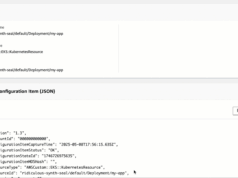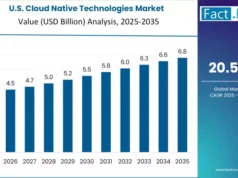Primary Vulnerability Targets
The API server faces the most exposure—anonymous authentication is enabled by default in many configurations. Meanwhile, etcd stores all cluster secrets and requires encryption both in transit and at rest. Separating control plane and data plane traffic is crucial to prevent unauthorized access escalation.
Essential Hardening Steps
API Server Configuration:
- Disable anonymous access:
--anonymous-auth=false - Enable RBAC and Node authorization:
--authorization-mode=RBAC,Node - Configure audit logging:
--audit-log-path=/var/log/audit.log --audit-log-maxage=30 - Enforce admission controls:
--enable-admission-plugins=NodeRestriction,PodSecurityPolicy
Encryption and TLS:
- Enable secrets encryption at rest:
--encryption-provider-config=/etc/kubernetes/encryption-config.yaml - Require TLS for all connections:
--tls-cert-fileand--tls-private-key-file - Secure etcd with mutual TLS and restrict network access
Component Isolation:
- Bind Controller Manager and Scheduler to localhost:
--bind-address=127.0.0.1 - Use individual service accounts per controller:
--use-service-account-credentials=true - Implement network segmentation between control plane nodes
High Availability Considerations
Production clusters demand resilience. Deploy an odd number of control plane nodes (3 or 5) with load balancers for API server traffic. Use clustered etcd with automated backups and regularly test disaster recovery procedures. For managed Kubernetes services (EKS, GKE, AKS), providers handle infrastructure-level HA while you configure RBAC, network policies, and workload security.
Managed vs. Self-Hosted Security
In managed Kubernetes, providers secure control plane infrastructure and handle patching. You’re responsible for RBAC configuration, secrets management, and network policies. Self-hosted clusters require full-stack security management—from API server flags to etcd encryption keys. Both models demand vigilant monitoring and compliance validation.
Continuous Protection
Security is ongoing. Implement regular Kubernetes updates, rotate credentials quarterly, and audit RBAC permissions monthly. Use admission controllers to enforce policies at deployment time. Map your controls to frameworks like CIS Kubernetes Benchmark and NSA/CISA hardening guidance for compliance alignment.
With these controls in place, your control plane becomes a fortress—not a target. Start with API server hardening and etcd encryption, then layer in network policies and RBAC refinements as your security posture matures.





